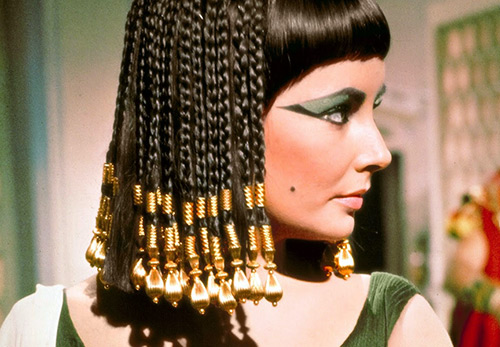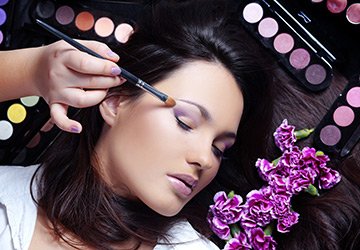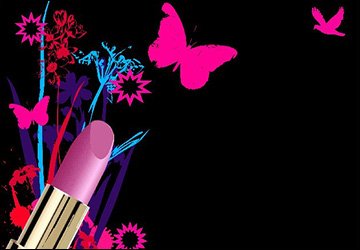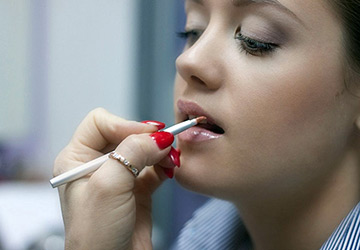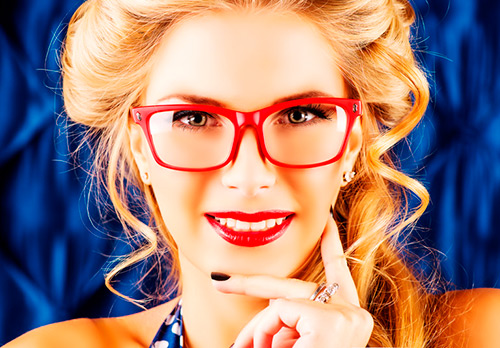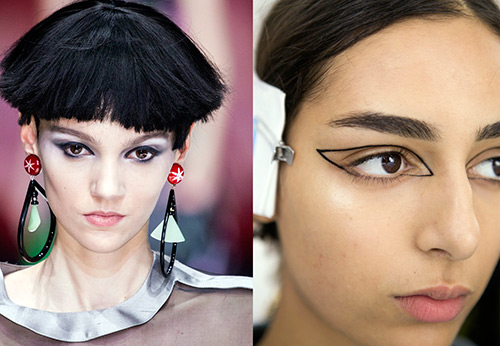Fashion history
Eyeshadows and brows - the history of cosmetics
Nothing in makeup gives such opportunities for creativity, nothing is so bright and individual, nothing can improve makeup so noticeably or, on the contrary, spoil it, nothing defines makeup style to the same extent as eye shadow and skillful handling of them. ...
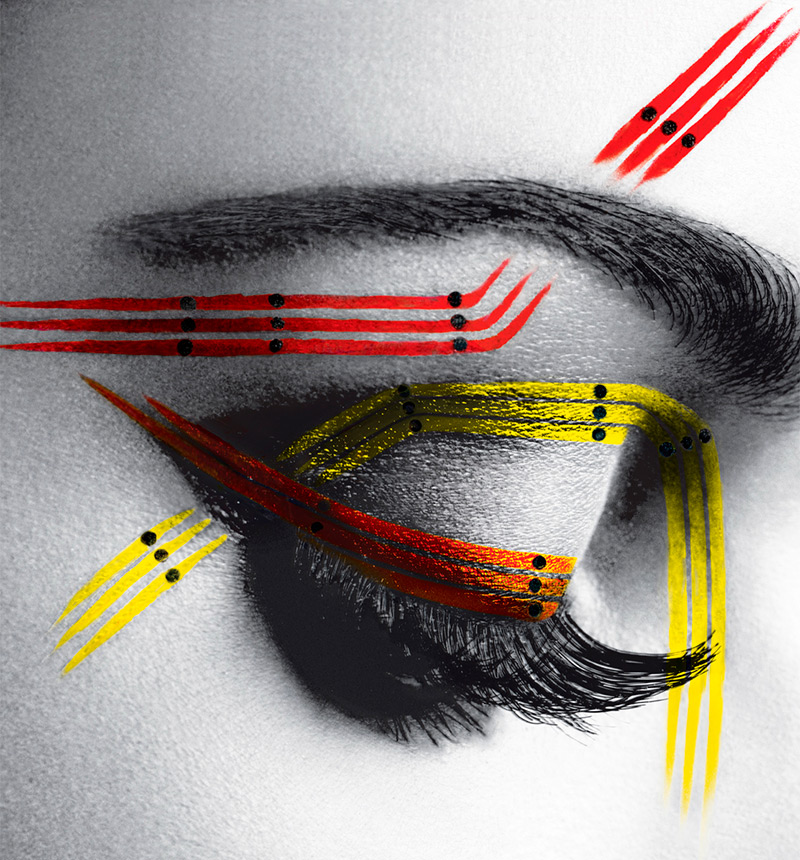
The first eyeshadows have appeared yet during ancient Egypt... For the makeup of the eyelids, the ancient Egyptians used malachite. It gave a beautiful green hue. Moreover, most often in ancient Egyptian makeup, the mineral malachite was still used as an eyeliner, and not as an eye shadow. They outlined the contour of the eyes and dyed the eyebrows.
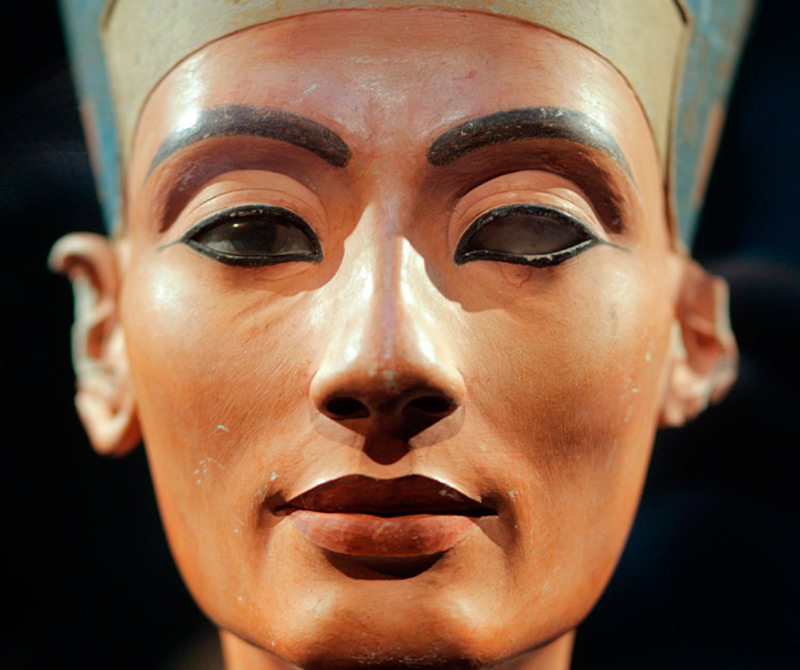
Bust of Nefertiti
Ancient Egyptian kayal (eyeliner pencil) consisted of mixtures of antimony, copper oxide, ocher, burnt almonds, ash, lead, malachite (green), chrysocolla (blue-green copper ore).
The first shade of shadows is green
These substances were mixed in various proportions to create dyes of black, gray, green or blue colors. We stored such dyes in special stone containers. And before use, the powder was diluted with water or oil.
Kayal was widely used in ancient Egyptian makeup. Both women and men let their eyes down. Both the queens and simple Egyptians... But the eyelids in Ancient Egypt were painted green much less often. But still they painted and it means that the first shadows also appeared in the days of Ancient Egypt.
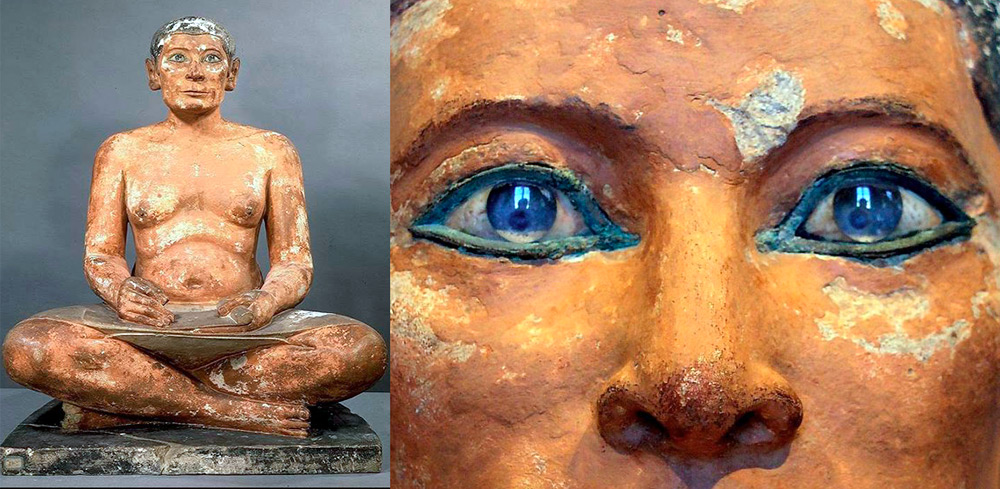
Statue of the scribe Kai and an enlarged fragment of the face of this ancient Egyptian sculpture
An interesting fact is that in the famous film "Cleopatra" starring Elizabeth Taylor, Cleopatra's eyelids are colored with blue shadows. But the shades of blue were not worn in the days of Ancient Egypt, but in the 1960s, when this film was filmed, the shades of blue were at the height of fashion.
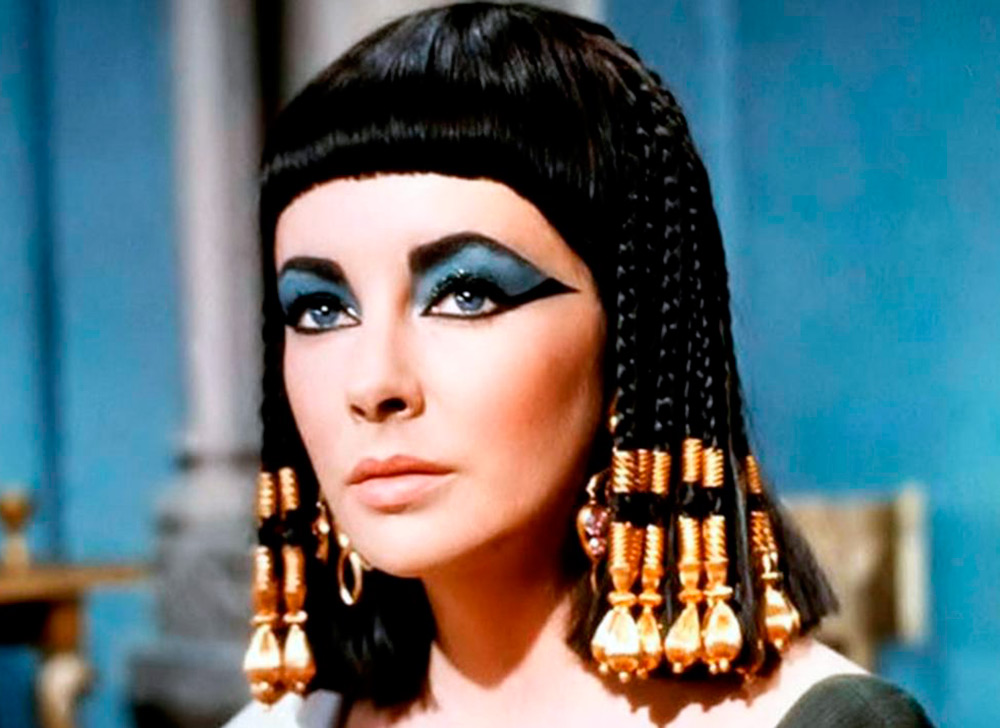
Elizabeth Taylor as Cleopatra
In eye makeup, the color blue, popular in the 1960s,
but not in ancient Egypt
In ancient Rome, eye shadows were also known. The Romans painted their eyelids with ash and saffron. From the saffron plant, an orange or yellow dye was obtained.
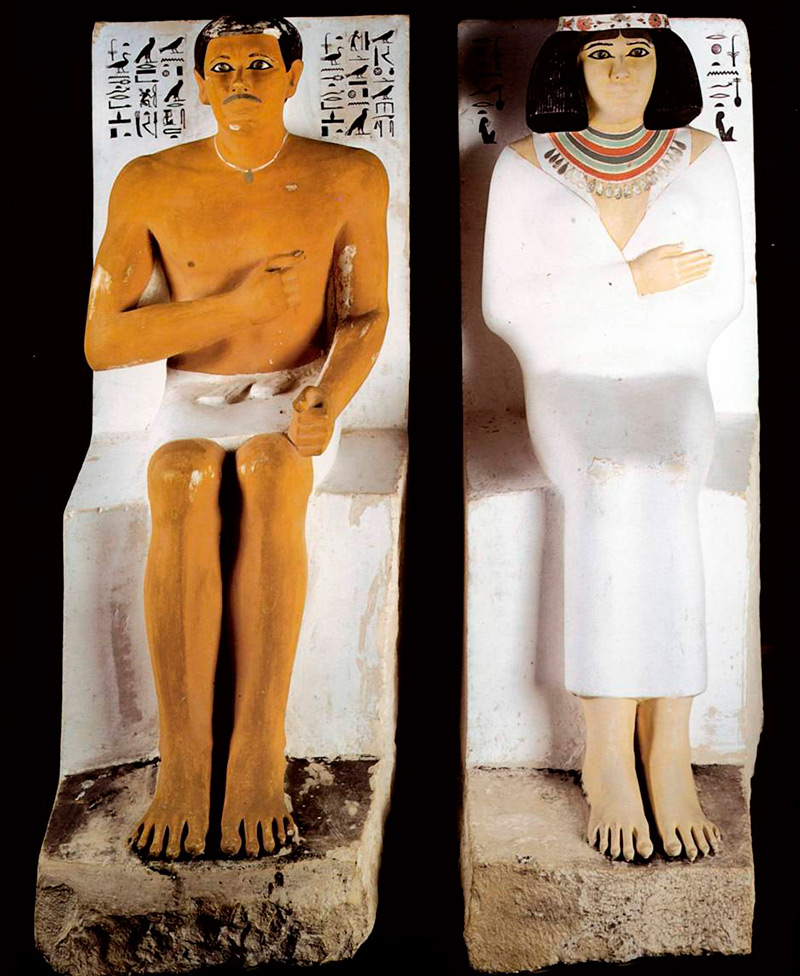
Statues of Rahotep and Nofret
Ancient Egypt
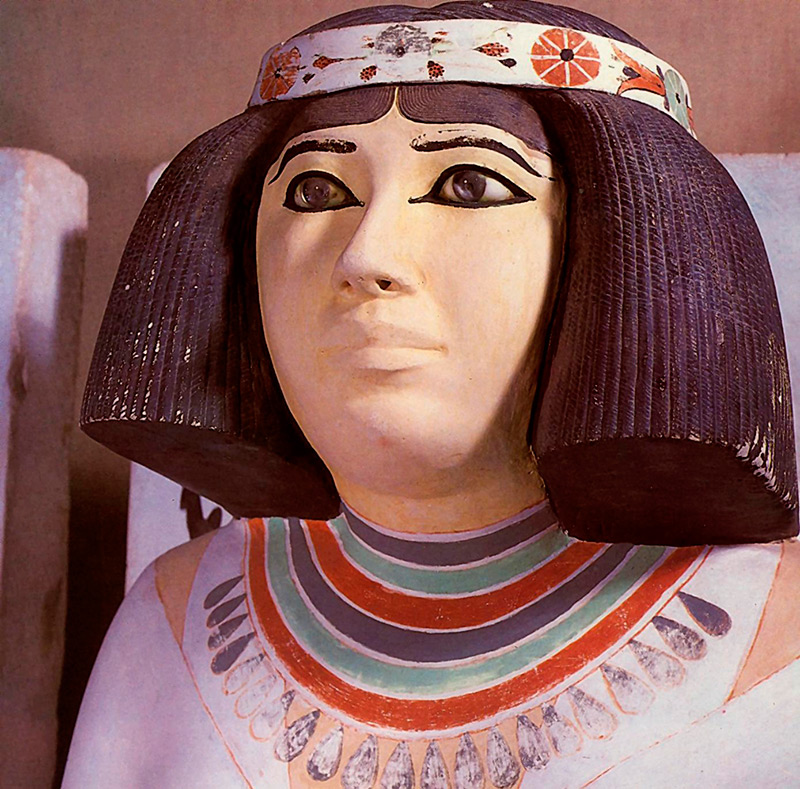
Head of Nofret
but after the collapse of the Roman Empire shadows are forgotten for a very long time.
Makeup shadows disappear for almost 2,000 years
And only at the beginning of the twentieth century shadows reappear. Like many other cosmetics, eyeshadows were used as theatrical makeup in the early 20th century. Almost until the early 1930s, it was believed that decent women, unlike actresses and singers, should not be brightly painted.
Eyeshadows and eyebrows
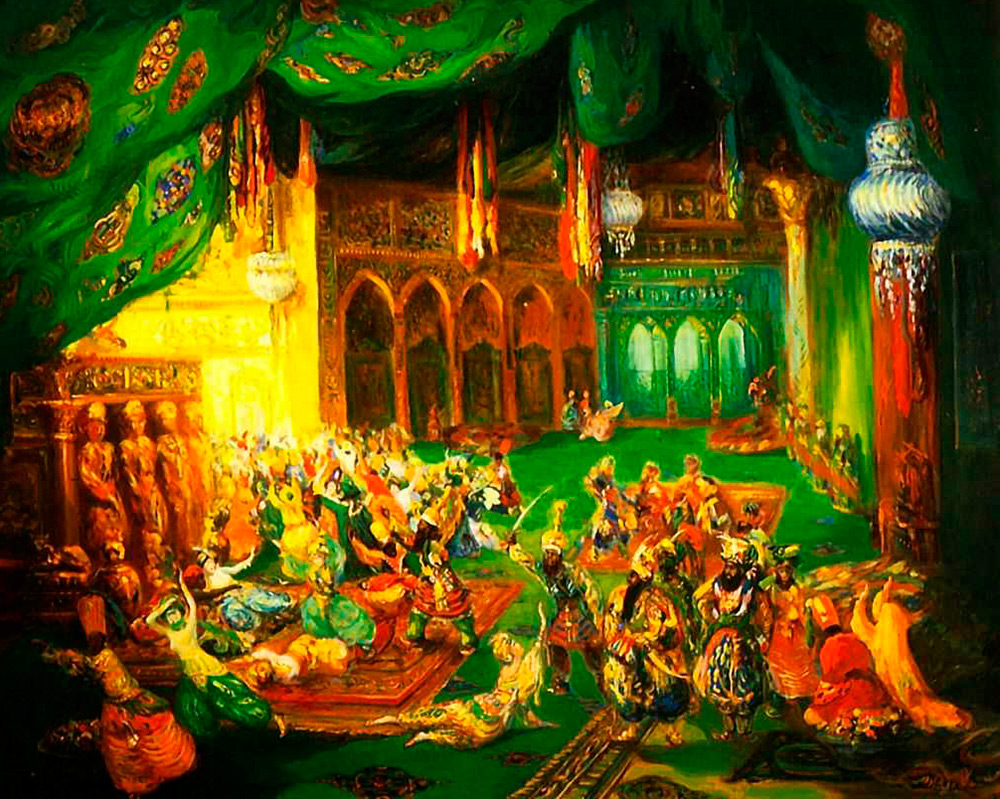
Leon Bakst
Set design for the ballet "Scheherazade" 1910
In 1910, first in Paris and then in London, the premiere of the ballet Scheherazade took place as part of Diaghilev's Russian Seasons. Diaghilev's Russian Seasons - these are performances of opera and ballet dancers from Russia in Europe in 1908-1929 under the direction of Sergei Diaghilev.
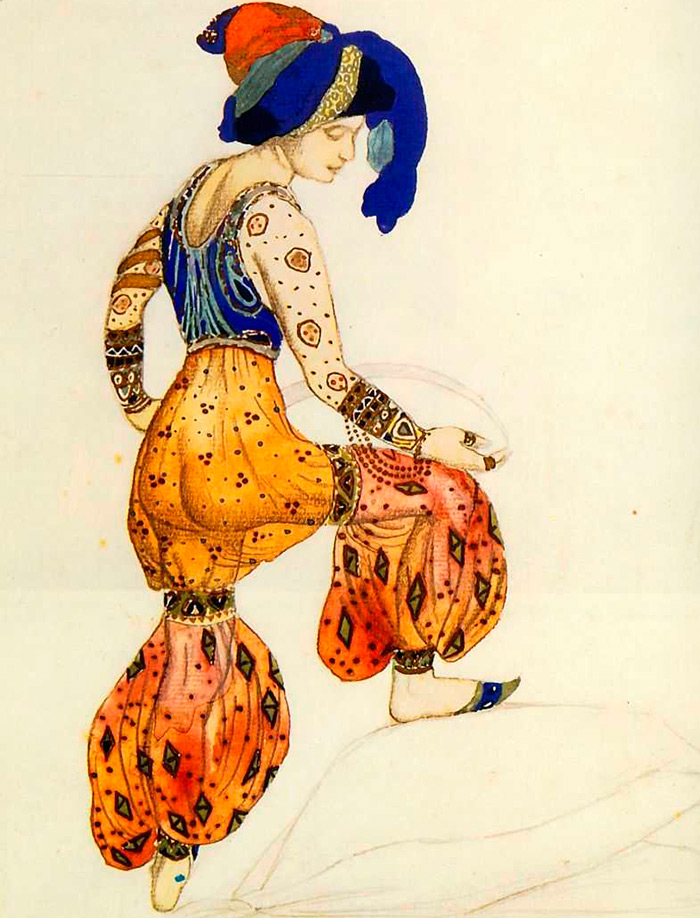
Leon Bakst
Costume design for the Blue Sultana for the ballet "Scheherazade" 1910.
It was the ballet "Scheherazade" that gave impetus to the appearance of shadows not only in theatrical makeup, but also in everyday ones. In 1914, Elizabeth Arden, founder of one of the first cosmetics companies, launched a makeup collection that included eyeshadows. Elizabeth Arden, like her main rival, Elena Rubinstein noted that they were impressed by the makeup of the artists of the ballet "Scheherazade".
The beginning of the twentieth century. - a black and white world and there is no place for shadows in it
However, the eyeshadow does not immediately become a popular cosmetic product. To some extent, the lack of attention to shadows could be due to the fact that the world at the beginning of the twentieth century was black and white.In the films, one could see the eyeliner and thick eyelashes of actresses who are already becoming the main trendsetters, but the color was still missing.
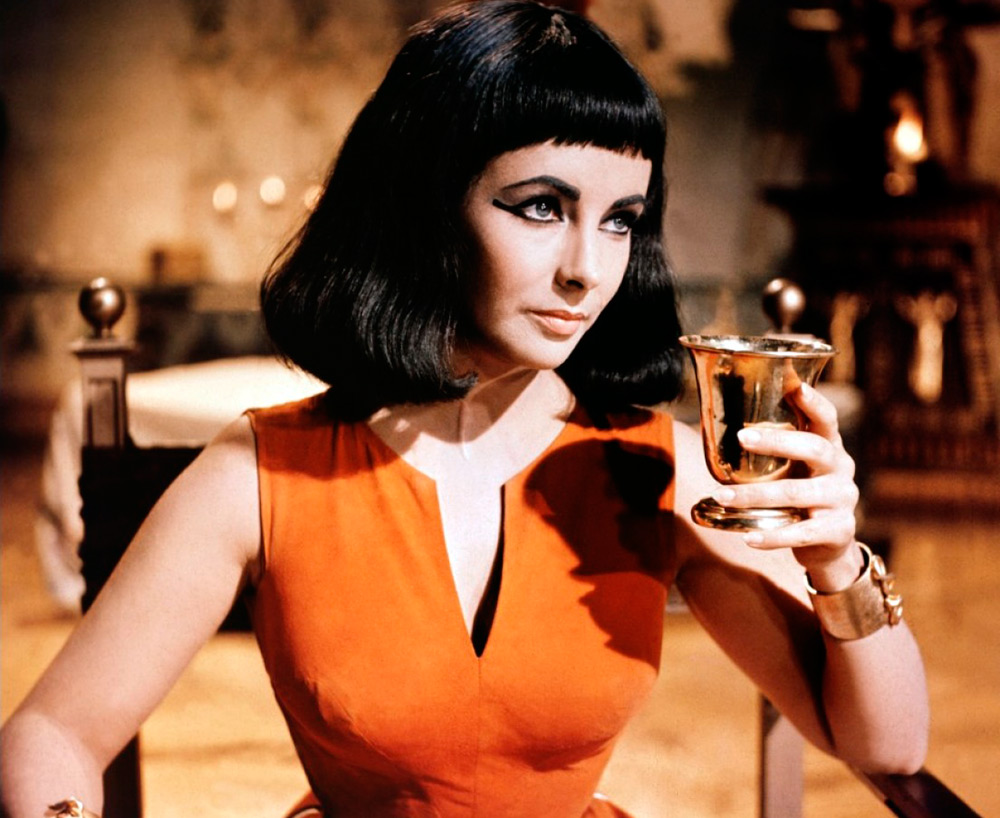
Elizabeth Taylor as Cleopatra
In 1922, the tomb of Tutankhamun was excavated. Much was written about this find in European newspapers of that time. And in the 1920s, interest in the history of Ancient Egypt arose. Including makeup in the ancient Egyptian style. In the cinema of that time, the eyes of actresses are thickly lined with black paint. And this is noticeable. Unlike shadows, the color of which can not yet be conveyed by either black and white cinema, or black and white advertising, or black and white photography.
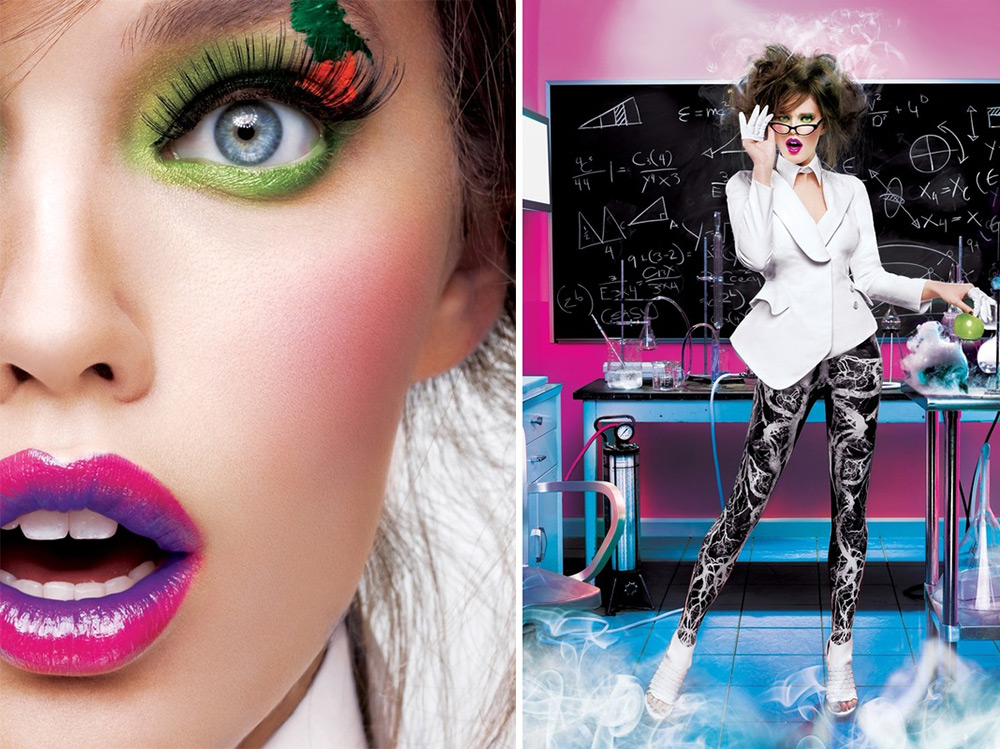
Photographer Kenneth Willard
Maybelline Calendar 2024
In the 1930s, the Maybelline company remembers about shadows. They come in four shades of eyeshadow - blue, brown, black and green. And they give descriptions of what eyes, what color of shadows should be used. So, for gray and blue eyes, blue shadows are suitable, for hazel and hazel eyes - brown, for dark brown and purple eyes - black, but green shadows are suitable for any eye color. Such rules for applying shadows were described in the 1930s by the Maybelline company.
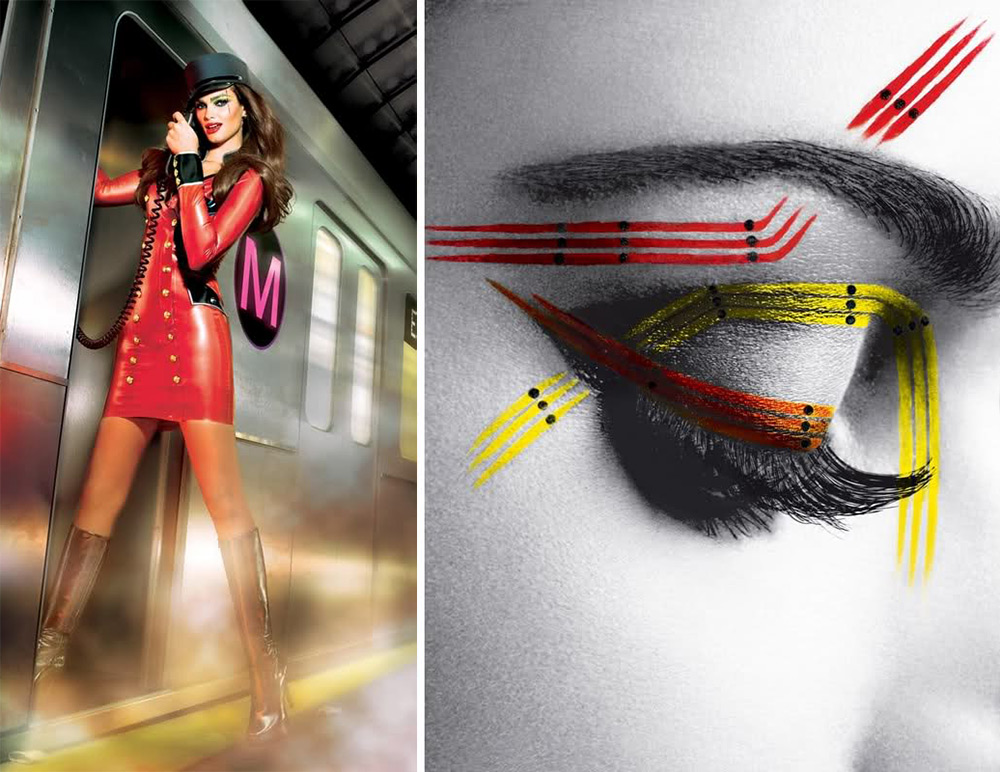
Photographer Kenneth Willard
Maybelline Calendar 2024
By the way, the history of the Maybelline company began with eye makeup. The company was founded in 1915 by the pharmacist T.L. Williams. And the first cosmetic product from Maybelline was mascara. It is believed that Williams developed his first mascara for his sister Mabel, after whom the company was named.
Maybelline is one of the first to release eye shadows - among them the classic green and blue
In the 1950s, eyeshadow finally, step by step, gained popularity among girls. However, just as in the 1920s, bright red lipstick and eyeshadows in the 1950s were condemned by society as something too bright for decent women. In 1957, a survey was conducted among female students in the United States and few of them admitted that they used shadows, although all the girls were already painting their lips with bright lipstick.
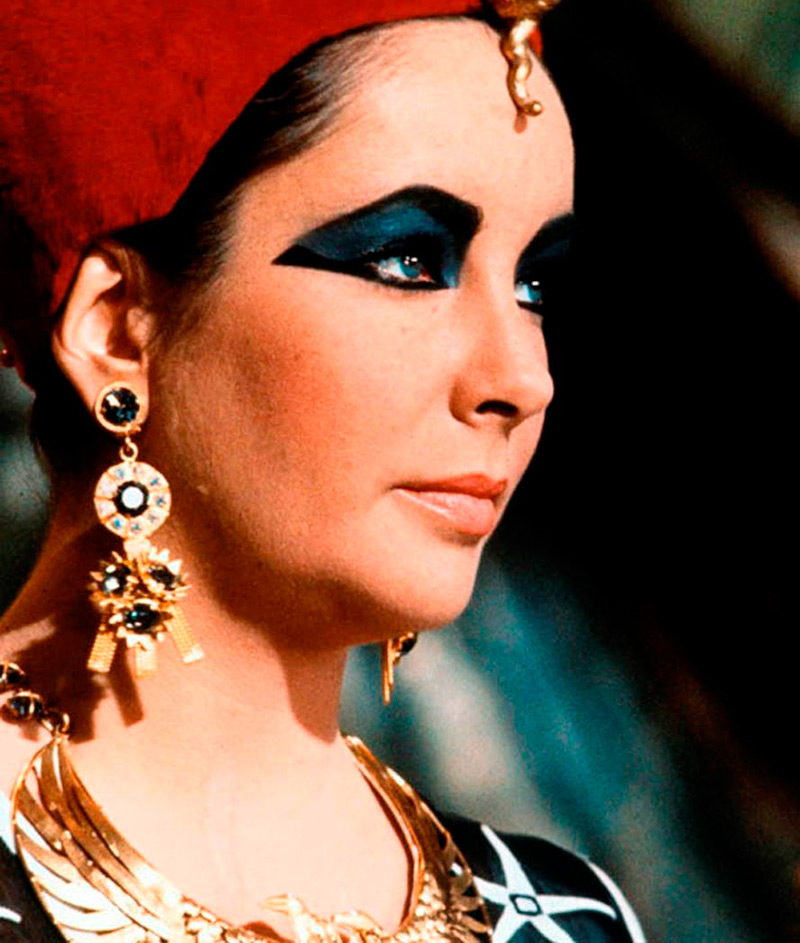
Elizabeth Taylor as Cleopatra
In the 1950s, the Revlon company began to produce shadows. They release boxes with shadows in two colors. Most often, these boxes had shades of green and blue. But the shades of the shadows in those years were not yet mixed, but they chose one color to match the color of the clothes.
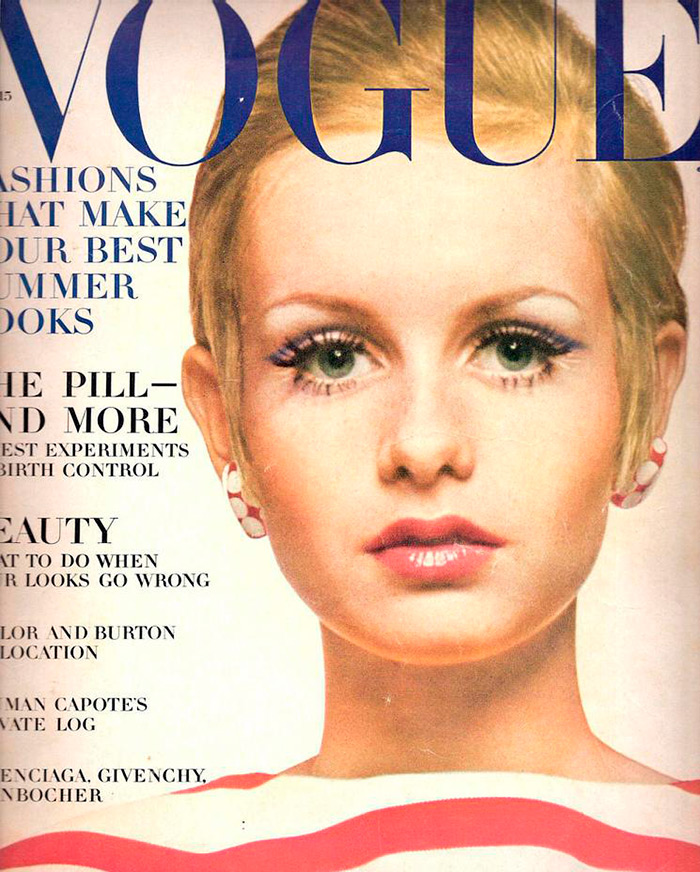
Twiggy - 1960s model, first supermodel
In the 1960s, Twiggy collaborated with cosmetics brand Yardley, named after Twiggy, a line of black and white matte eyeshadows in the "mod" style.
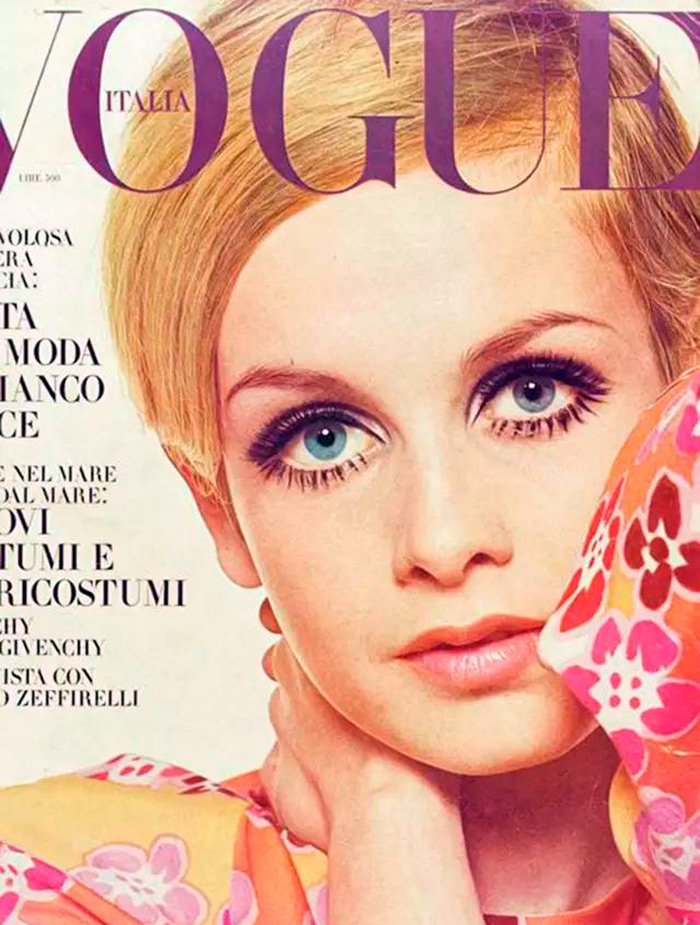
By the mid-1960s, eye shadow and brows were becoming so popular that almost all cosmetic brands of the time began to produce eye shadow palettes. Contributes to the popularity of eyeshadow and eyeliner in the ancient Egyptian style and the film "Cleopatra" starring Elizabeth Taylor.
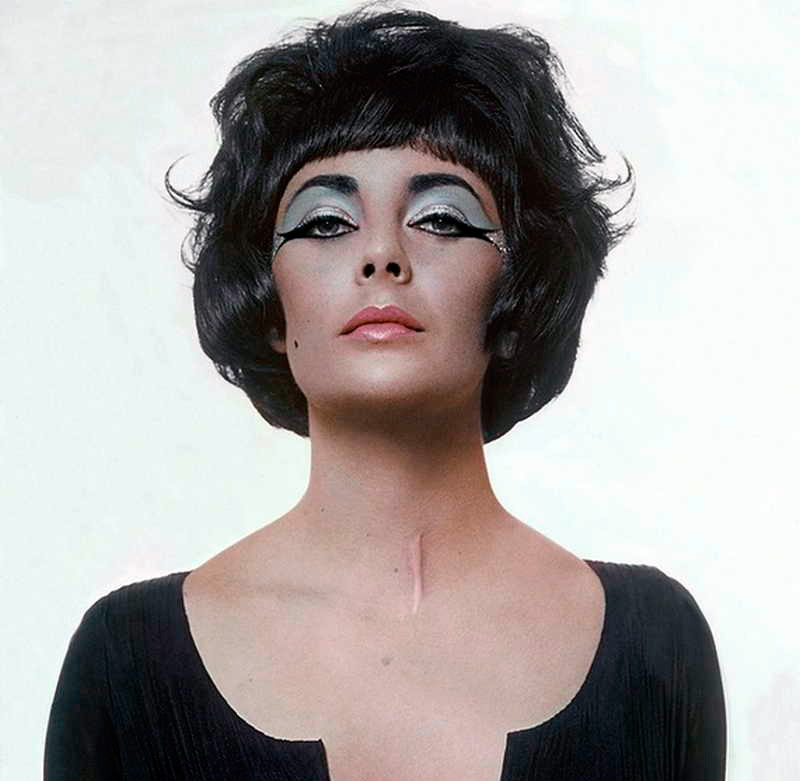
Elizabeth Taylor
Moreover, Elizabeth Taylor with make-up "a la Cleopatra" could be seen not only on the set and in historical costumes, but also outside it. During the filming of the film "Cleopatra" Elizabeth Taylor often appeared in restaurants in Rome without washing off her stage makeup. Of course, already in modern clothes. So she met with actor Richard Burton (in the film "Cleopatra" he played the role of Mark Antony). They had an affair in those years. And they were photographed by the paparazzi. The photographs appeared in magazines, and with them the fashion of wearing Cleopatra-style makeup in everyday life spread.
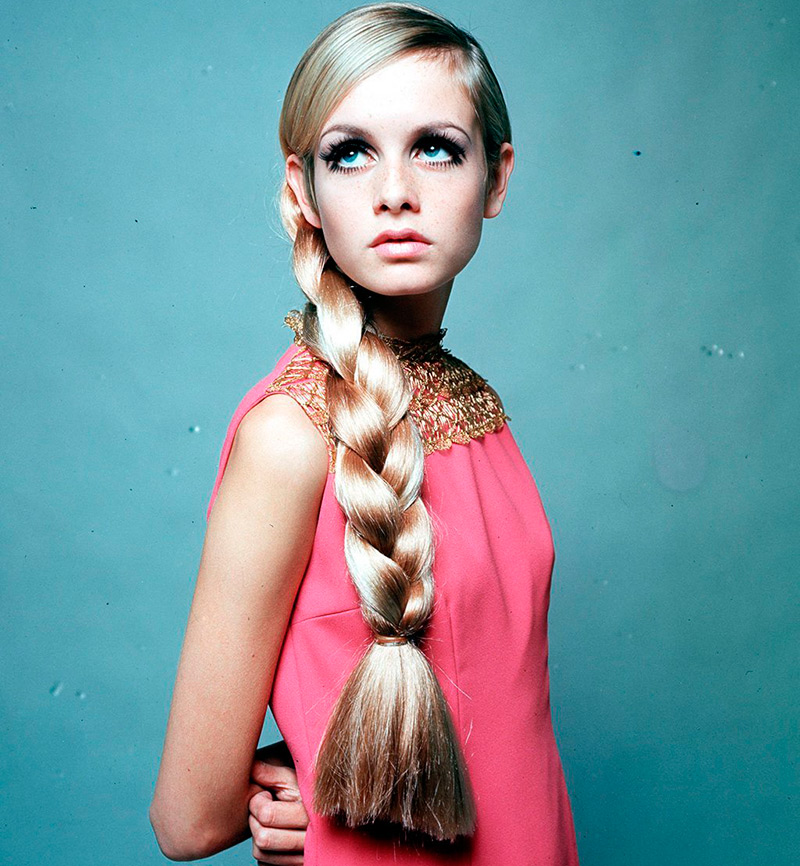
Twiggy
1970s - frenzy of colors, time of shadows
In the 1970s, three-piece palettes appeared with shadows of the most incredible and varied shades. Disco style is in fashion.
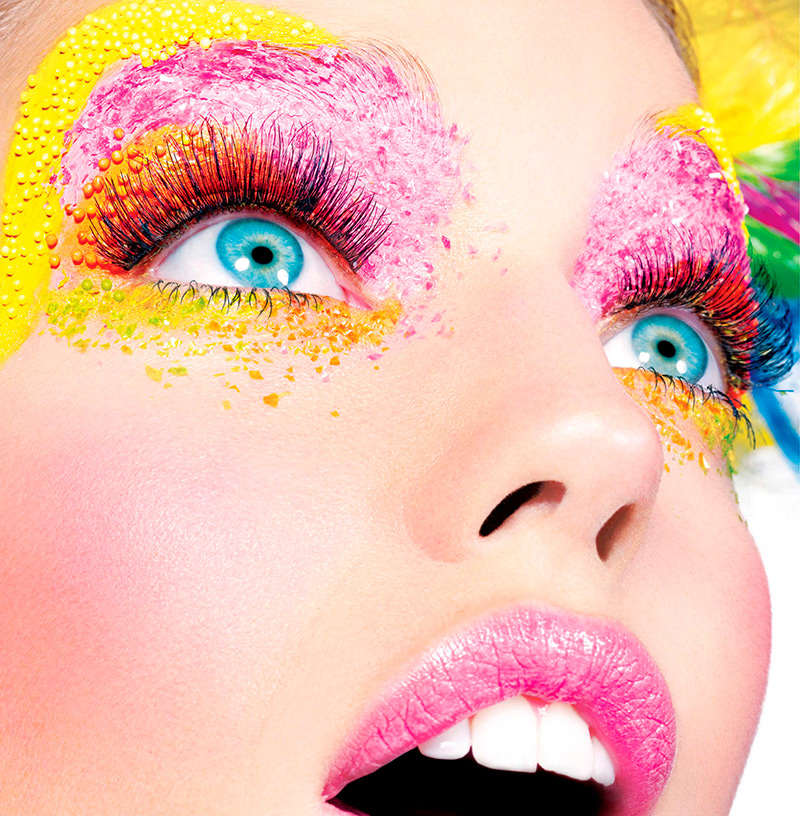
Photograph by Kenneth Willard
One of the fashionable novelties of the 1970s is Biba cosmetics. The brand was founded back in the 1960s by the Englishwoman Barbara Hulakini, who began selling inexpensive and fashionable youth clothing. And in the 1970s, she took up the production of cosmetics. And her beauty products were truly strange colors.
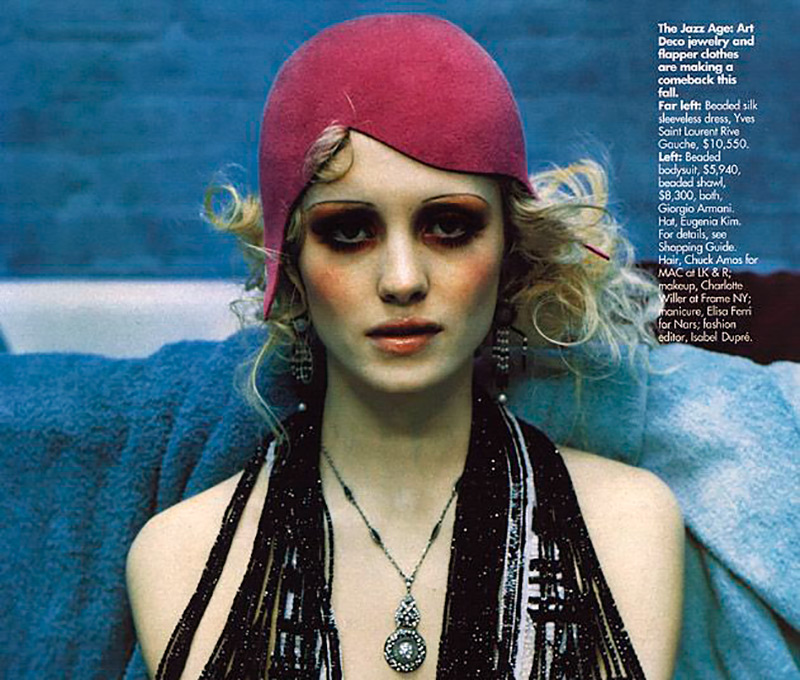
Biba makeup
Biba sold blush from blue to black. Lipsticks in blue, black and brown.At the same time, the first brown lipstick from Biba was sold out in just half an hour. And, of course, shades of a wide variety of shades - from rusty, burgundy, brown to metallic shades of silver, bronze, gold and matte fruit shades.
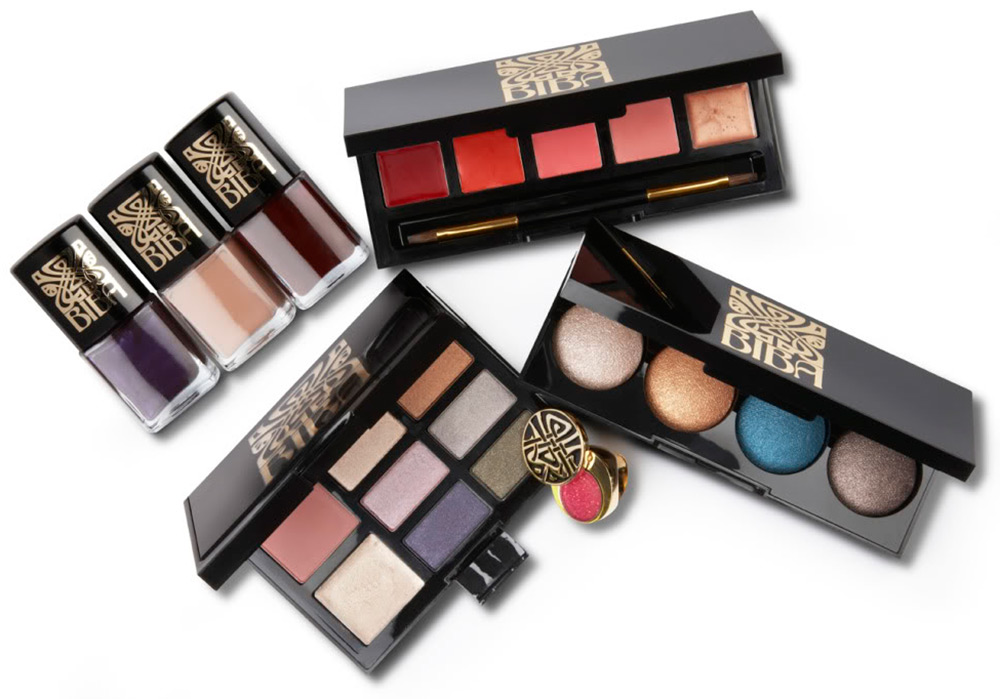
The packaging of Biba cosmetics outwardly resembled the packaging of cosmetics of the 1930s - golden letters on a black background, everything is quite respectable, but inside there is a riot of colors
In the 1980s, shadows remain as varied in their colors as they were in the 1970s. And nowadays, in addition to color, shadows have some other functions. So, with the help of shadows, you can correct many imperfections. Visually enlarge small eyes or make a wider distance between close-set eyes.
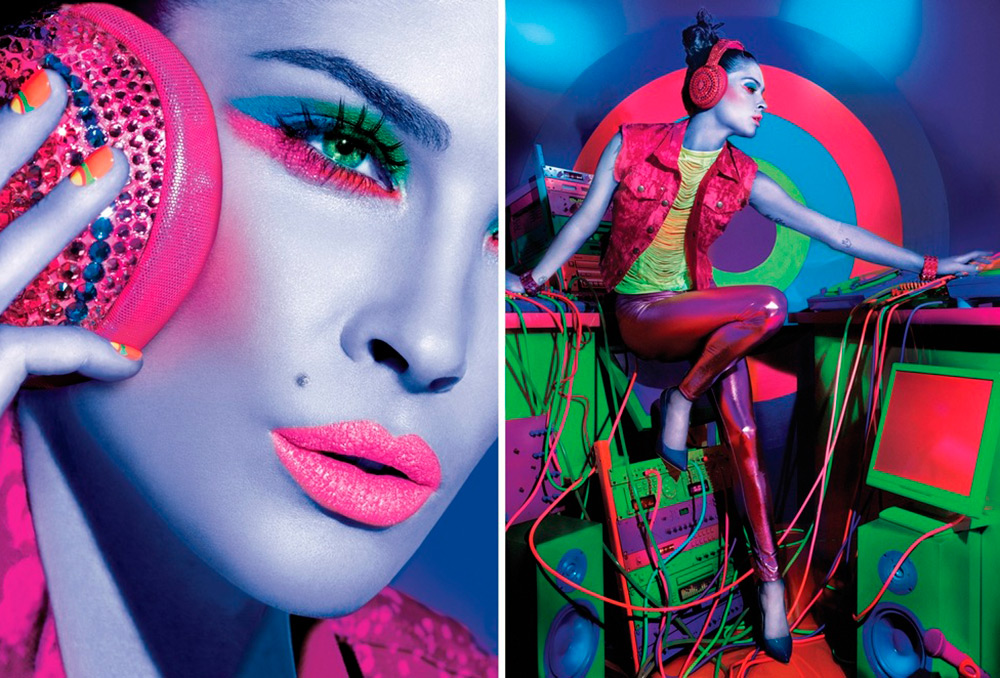
Photographer Kenneth Willard
Maybelline calendar 2024
Eye shadow and eyebrow composition
Today, dry eyeshadows are not much different in composition from dry blush or powder. The composition of such shadows includes talc - the base of the shadows (fatty to the touch, crumbly white powder), zinc oxide (provides coverage), chromium hydroxide, titanium dioxide, magnesium and zinc stearates, kaolin (white clay), as well as mother of pearl and dyes, which can be of both natural and artificial origin.
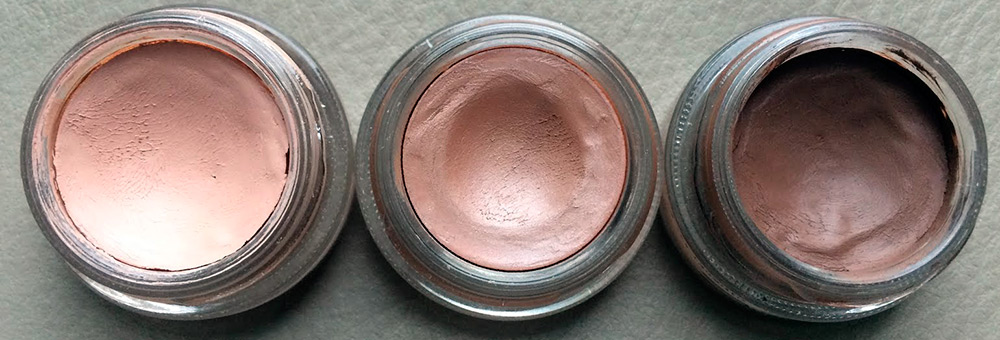
Creamy and liquid shadows are made on the basis of vegetable oils or their analogues, also with the addition of dyes.
But the recently appeared shadow-pencils in their composition are more similar to pencils for lips and eyes. So, they are based on wax and fats, as well as stearic acid, paraffin, ceresin, dyes.
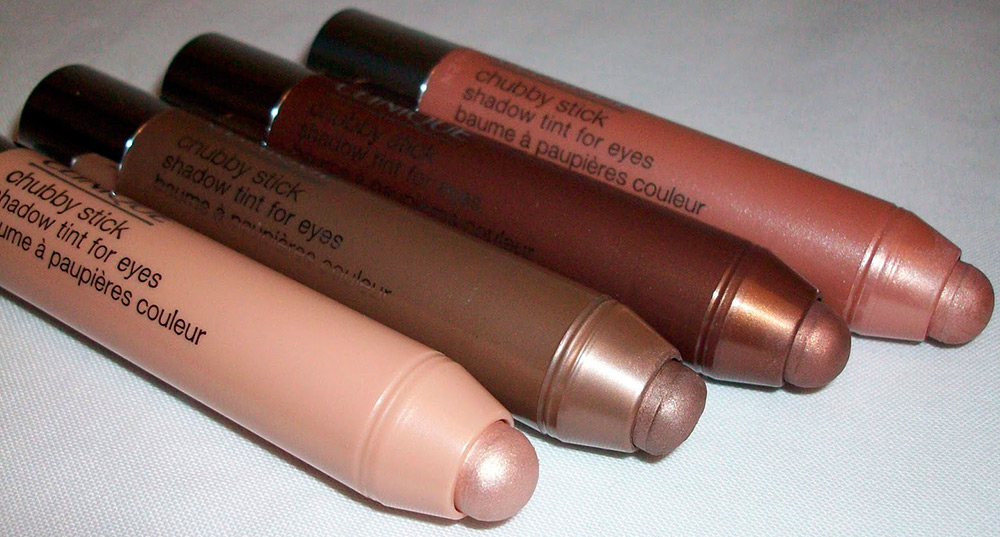
Organic compounds or metal derivatives (mineral components) are most often used as dyes in shadows.
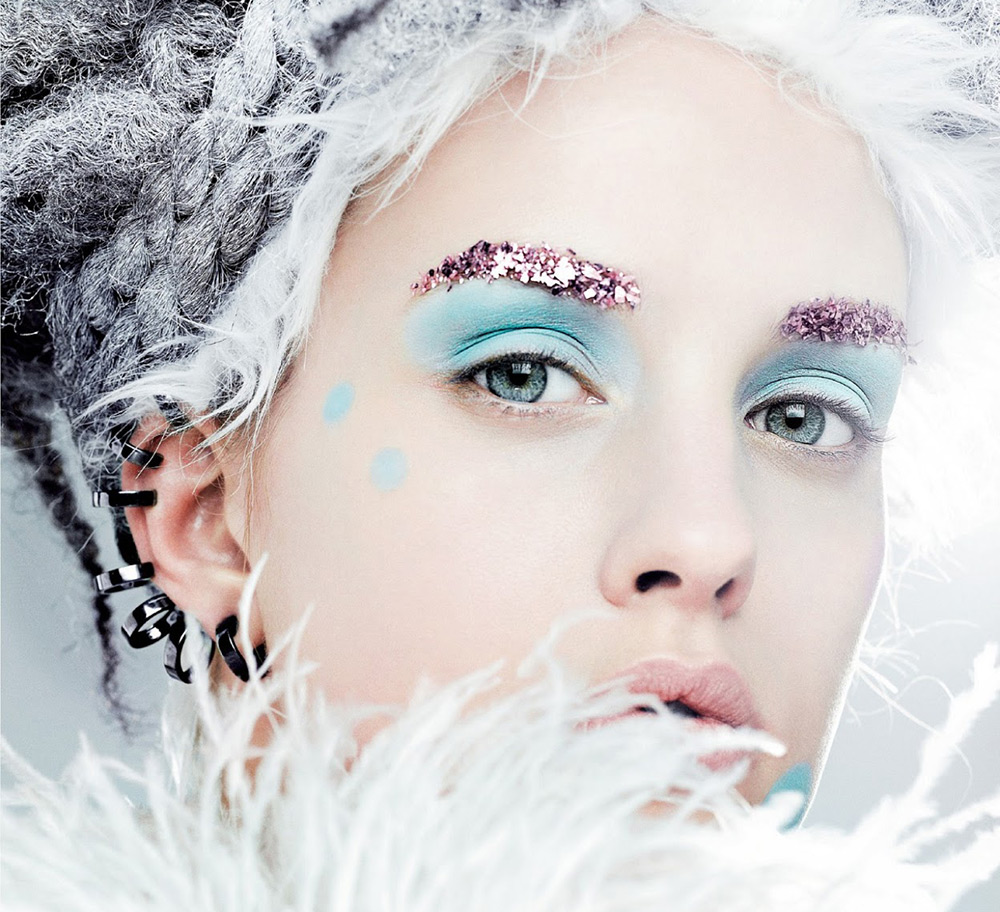
Kenneth Willard for Vogue Japan 2024
Comments and Reviews
Add a comment
Rating news
Shades of clothing that make women look younger
What shades of hair make women younger: rules and photos
Funny wedding dresses - photos and ideas
12 most expensive down jackets for the winter
How to look 25 at 40: tips from supermodels
Beautiful schoolgirls
Anti-aging haircuts and hairstyles for women
Fashionable skirts for autumn and winter
Fashionable women's trousers for the cold season
Fashionable and stylish sandals for summer 2024
Spring-summer 2024
 Fashionable dresses and tops with thin spaghetti straps
Fashionable dresses and tops with thin spaghetti straps
 Bandana tops: how to wear stylishly and beautifully
Bandana tops: how to wear stylishly and beautifully
 How to put together the perfect men's wardrobe for the summer
How to put together the perfect men's wardrobe for the summer
 Fashionable shorts for spring-summer 2024
Fashionable shorts for spring-summer 2024
 Fashionable skirts for spring-summer 2024: a guide to online shopping
Fashionable skirts for spring-summer 2024: a guide to online shopping
 The most fashionable dresses spring-summer 2024: styles and colors
The most fashionable dresses spring-summer 2024: styles and colors
 Fashionable total look 2024: ideas of images and trends
Fashionable total look 2024: ideas of images and trends
